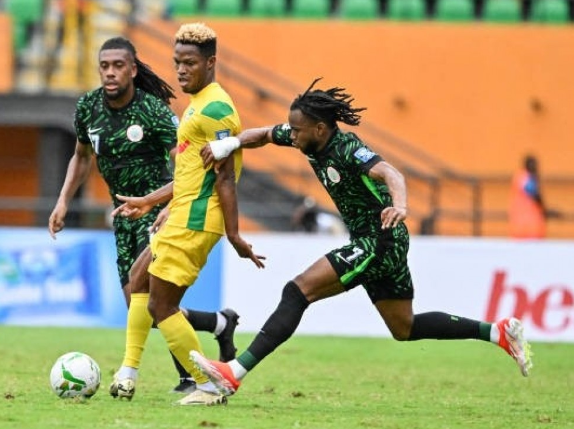"Unfortunately, the World Cup and
European crown
The dream of it is over for me, and everyone thinks it's the most important big thing, but it's every day that I'm about to go through next that's going to make me feel tormented."
In April of this year, the Arsenal, which also serves as the
women's soccer
and England captain Leah Williamson is confirmed to be out of the World Cup in the summer due to an ACL (Anterior Cruciate Ligament) injury.ACL injuries are a big deal for athletes and often have a huge impact on a player's career as well because of the long recovery period. However, this injury is a big deal in the professional
women's soccer
in the world, but it is quite common, and the arsenal
women's soccer
It even reached the dilemma of having nine of the team's 21 players stranded on the injured list at one point in May, with four of those injuries being ACL-related.
Seeing this, you might question the arsenal
women's soccer
Was there something wrong in training or game tactics that led to this result? But the statistical fact is.
women's soccer
Athletes are six times more likely to suffer ACL injuries than male players [1]. So it's not just the arsenal that's been plagued by ACL injuries this summer that have prevented them from donning the
the national team
robed
women's soccer
With as many as 25-30 athletes, including a number of high-profile stars, there are already enough to make up a competitive team. [2]
munitions factory
women's soccer
A group photo of the four injured ACL players (Vivianne Miedema, Laura Wienroither, Beth Mead, Leah Williamson.) Miedema posted, "The ACL group is full! Please no more people??"
Sky Sports and the BBC have each invited experts to write columns on the subject, but there is still no clear and consistent explanation from the existing research. One of the more prevalent theories is that hormonal changes during the menstrual cycle affect the stability of female athletes' joints, for example, when oestrogen rises during the second week of the cycle (usually the second week) it affects the collagen in the joints, making them more susceptible to laxity. More research needs to be done on the effects of menstruation on the female athlete's body, but it has long been a myth that while menstruation itself may not directly incapacitate an athlete, it can make them anxious about their performance and the possibility of injury.
In addition, Dr. Okholm Kryger, a medical researcher at FIFA, pointed out that women's feet, musculature and bone structure are different from men's, but most sports brands design shoes in shapes and sizes that don't fit.
women's soccer
The needs of athletes. Ill-fitting sneakers can be the cause of
women's soccer
The reason why athletes are more prone to injuries. Dr. Okholm Kryger also mentioned that many manufacturers are already working on this issue, and we may see some results at this year's World Cup, but for now the lack of soccer cleats specifically designed for women is still a common concern.
According to the aforementioned mainstream theory, Dr. Okholm Kryger has broadly categorized the reasons why female athletes are prone to injuries into physiological differences (e.g., physiological period) and external environmental differences (e.g., sneakers). However, other studies have shown that if male and female athletes receive the same training conditions at the same age (e.g., professional dancers), the chances of injury for both athletes are in fact similar, which shows that the training method and the intensity of the training content are also very important for the protection of the athletes and the prevention of injuries.
Back to the heart of the matter, on how to improve
women's soccer
With athletes suffering from ACL injuries and risks, most experts believe the first order of business is to raise the attention of the academic community. Although the chances of ACL injuries in female soccer players are much higher compared to men, the
According to a report by the American College of Sports Medicine (ACL), only 6% of all physiologic and sports medicine research on ACL has been conducted on women, and the sports medicine field is inherently male-dominated, with men as the primary subjects of research. This reflects a subtle gender issue in sports medicine research: the specificity of the female body is not universally appreciated.
"We need to do more research in this area of ACL injuries." England international Beth Mead also appealed to FIFPRO during her injury in March this year, as it is not just about her personal plight, but that of all the
women's soccer
Athletes face a nightmare.






























